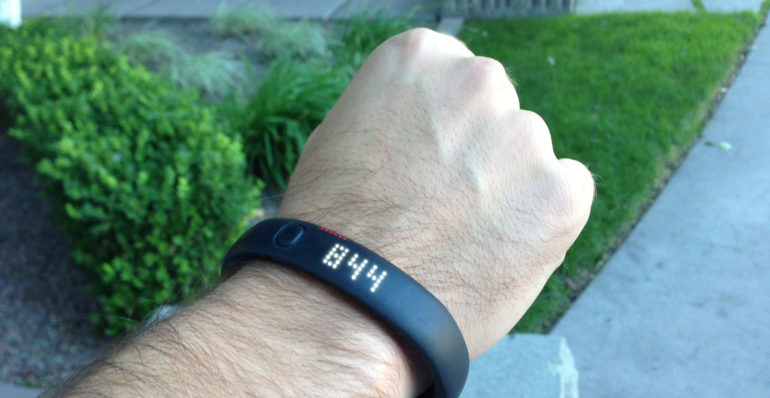
Physical activity devices and applications – which one should I choose?

21 Jul 16 |
Dr Paul Kelly, Physical Activity for Health Research Centre (PAHRC), University of Edinburgh
There is an ever increasing array of options now for the tech savvy (or not so savvy) to monitor their physical activity or exercise behaviour. The questions are: Should I get one? Which one should I get? How much should I spend?
Why would we want to measure physical activity?
There is increasing evidence that self-monitoring of behaviour and individualised feedback helps people to become more active and stay more active. This may work through increases in self-efficacy when we reach our goals, making us more likely to keep trying. Or by highlighting when we are not doing as much as we thought.
How to choose a device
For me, selecting a device for personal use follows the same principles as selecting the tools we use in physical activity research (1). There is a tool for everything, and the sheer number can be overwhelming. So instead of asking “which devices is best”, we should ask “what do I want to measure”?
If you want to walk more then find a pedometer to measure steps; if you want to cycle more it may be a device that uses GPS (Global Positioning Systems) to measure distance travelled; if you want to measure total calories spent over the day then find an accelerometer that detects total movement. Then again, you might want to know about specific behaviours. If you want to monitor attendance at the gym, or yoga the best option might be an application on your smart phone that allows you (or even reminds you) to record this in an electronic diary.
And there are practical considerations. Are you happy wearing a device on your wrist? Do you prefer something on your waist (e.g. attached to belt)? And if you want to measure swimming you’ll obviously need a waterproof option! A recent survey into preferences for activity tracking devices was conducted in Australia. Half of respondents reported a preference for wrist worn devices, and a third considered step-counts the most important function. Accuracy was also considered an important characteristic (2).
So which one should I get? How much should I spend?
The reality is that this field is developing rapidly. Any recommendation made here will be out of date within a few weeks as the next, fancier, shinier option comes out. So, use the principles above to guide your selection as you browse the possibilities. You are more likely to increase your physical activity if you are getting information on the behaviour you value and find most relevant.
When it comes to cost, set your budget in advance. In general more expensive probably means better components, and more accurate data. But it might also mean extra functions that you don’t need. Watch out for spending money on features you are unlikely to use – is Bluetooth connectivity to your laptop important to you? And you can get very good steps counts (for example) from pedometers that cost just a few pounds. The important thing to remember is that expensive kit is not a pre-requisite to monitor your activity levels – many mobile phone applications are free! And there is always the good old fashioned pen and paper diary.
Where can I find out more?
Our research centre at the University of Edinburgh has recently launched a free Open Online Course for people who would like to know more about physical activity. This includes videos, reading materials, and quizzes. The course includes a session on measuring activity, along with sessions on setting goals, understanding barriers and facilitators, and recommendations for activity. You can sign up here: https://www.coursera.org/learn/get-active.
- Kelly P, Fitzsimons C, Baker G. Should we reframe how we think about physical activity and sedentary behaviour measurement? Validity and reliability reconsidered. IJBNPA. 2016;13(1).
- Alley S, Schoeppe S, Guertler D, Jennings C, Duncan MJ, Vandelanotte C. Interest and preferences for using advanced physical activity tracking devices: results of a national cross-sectional survey. BMJ Open. 2016;6(7)
This article was originally published in The SCPN Newsletter Volume 7, Issue 3. Read the newsletter below using Issuu, or feel free to download the PDF…
View the PDF
The SCPN Newsletter: Volume 7, Issue 3
In our penultimate issue of 2016, an overview of physical activity devices and apps (which one should you choose?), rethinking sugar-related fundraising activities and recognising and overcoming an alcohol addiction, as well as the usual breakdown of cancer prevention research and news from the Scottish Cancer Prevention Network.